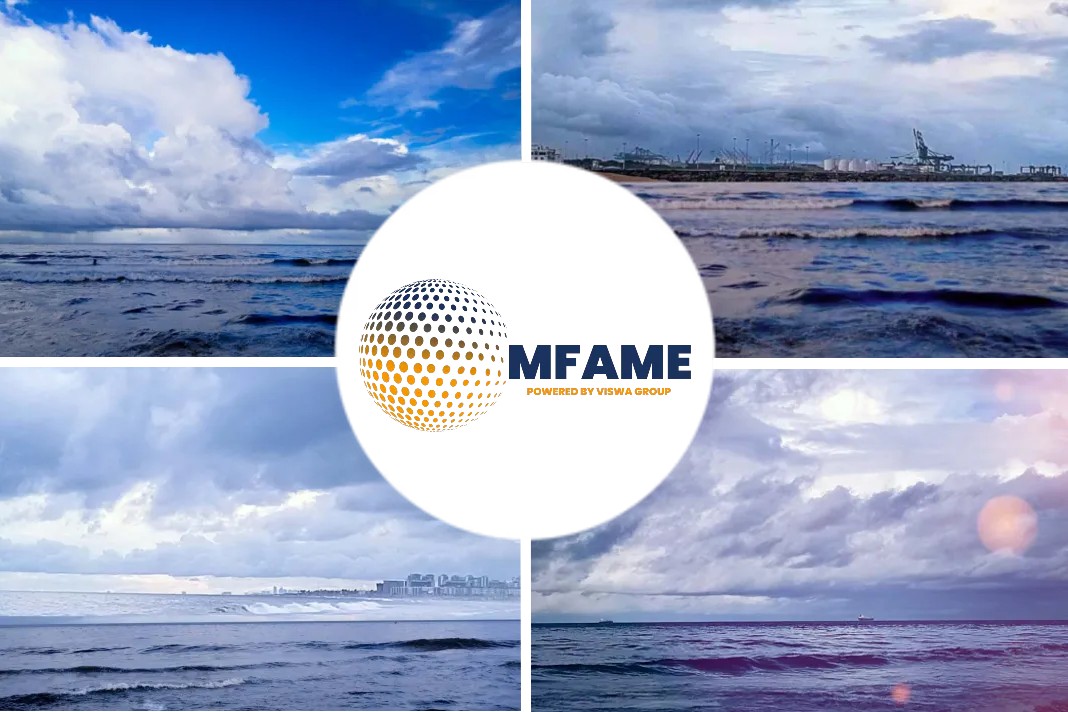According to Hyon Managing Director, Tomas Trobstad, within five years, vessels using hydrogen-powered fuel cells and batteries will make up a significant segment of the coastal fleet, says an article published in Riviera Maritime Media.
Push By Regulators
Speaking at Riviera’s Maritime Hybrid and Electric Conference in Bergen, Norway, Mr Tronstad said the business case for hydrogen was starting to gain momentum. “There is really a push by regulators, a push by state-owned operators using their purchasing power and a pull from (government) authorities offering co-funding.” He added, “There is also a pull from operators because they want to be green and from companies such as ours that are offering a more viable solution.”
Hydrogen Fuel Cell Vessels
Mr Tronstad’s company, Hyon AS, jointly formed by Nel, Hexagon Composites and Power Cell, is collaborating on two hydrogen fuel cell vessel projects aimed at producing zero emissions. One is Project ZEFF, a zero emissions fast ferry and another, Project Seashuttle, is zero emissions coastal container ship with automated cargo handling.
- Both projects are among six that won backing under the Pilot-E initiative, a more than €100M (US$110M) scheme involving Norway’s Research Council, Innovation Norway and Enova.
- Pilot-E is aiming to speed up the development of zero emissions technology. Norway already has regulations in place that require vessels operating in its fjords to be emissions free by 2026.
Norwegian Government Investments
Seashuttle, which Mr Tronstad detailed at the conference, won €6M (US$6.6M) of backing from the Norwegian Government to develop two zero emissions, 200-container coastal freighters connecting Poland, Sweden and the Oslo fjord. Hyon’s partners in the project are European multimodal operator Samskip, logistics consultant FlowChange, technology firm Kongsberg Maritime, and Massterly, an autonomous vessel technology joint venture between Kongsberg Maritime and Wilhelmsen.
Hydrogen a global business?
“What is not generally known is that hydrogen is a giant, global business, with daily consumption and handling of about 70M tonnes for industrial processing,” pointed out Mr Tronstad. He said what is new is its use for electricity storage and energy in transport.
Mr Tronstad has a deep knowledge of fuel cell development in the maritime environment, having served as project manager for the industry research project FellowSHIP, which began exploring the use of maritime batteries and fuel cells starting in 2003. The first prototype marine fuel cell was installed in Eidesvik Offshore’s platform supply vessel Viking Lady in 2010.
How will be the vessels made?
- Incorporating a high degree of autonomous technology, the Seashuttle vessels will be fitted with a diesel- or gas-electric propulsion, batteries and hydrogen fuel cells to maximise operational flexibility, providing perhaps as many as 40 different propulsion modes, said Mr Tronstad.
- The sizing of each propulsion system has not yet been determined, but testing is being conducted at Kongsberg Maritime’s laboratory simulating the generators, diesel generators and propellers in combination with a physical fuel cell and batteries.
Agenda of Seashuttle Operation
Hyon will draw on its joint venture partners’ respective areas of expertise in hydrogen production and storage, hydrogen fuel cell stack and systems manufacturer and refuelling in developing the Seashuttle vessels.
He said the initial goal of the Seashuttle operation will be to produce zero emissions for 20% of the coastal route.
Hydrogen Power To Meet GHG Challenges
Europe’s largest multi-modal transportation company, with a fleet of six vessels and 300 trucks, Samskip wants to lead the way in Norway’s sustainable shortsea shipping by using hydrogen fuel cells. To do so, however, the Seashuttle partners must overcome a number of challenges, pointed out Mr Tronstad. Topping the list were regulatory approvals, safety evaluations and devising a seamless transition between propulsion power modes.
With various shipping initiatives underway to meet IMO’s initial strategy to reduce greenhouse gas emissions from international shipping by 50% by 2050, Mr Tronstad is optimistic that those challenges would be met.
Did you subscribe to our daily newsletter?
It’s Free! Click here to Subscribe!
Source: Riviera Maritime Media
















